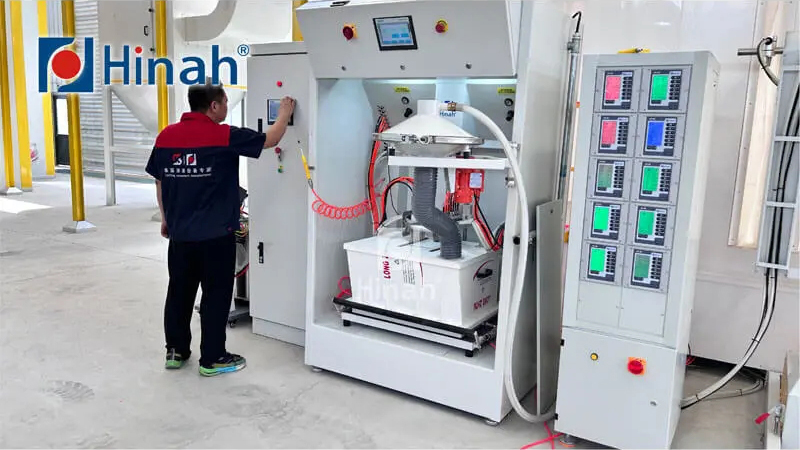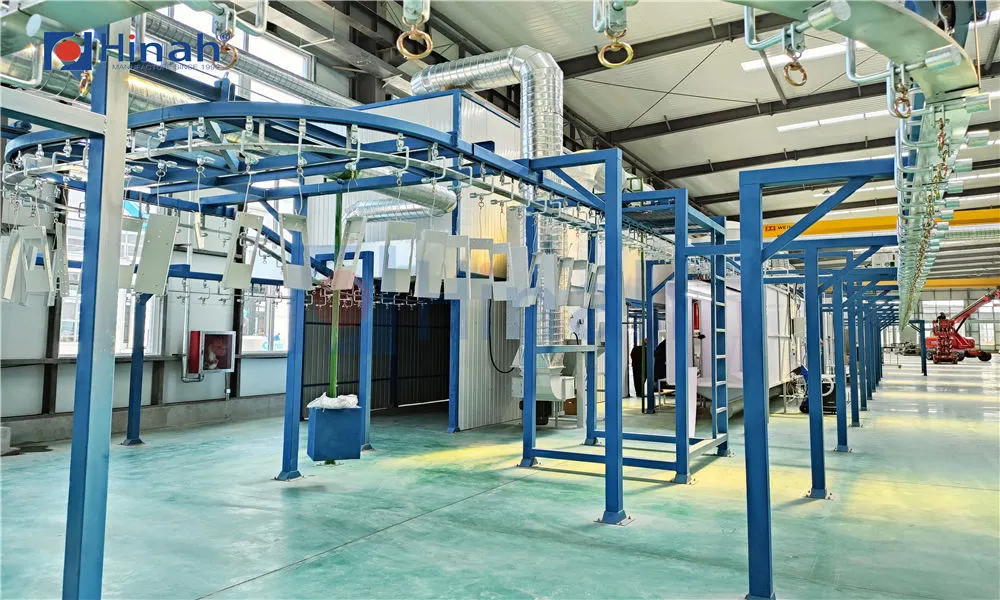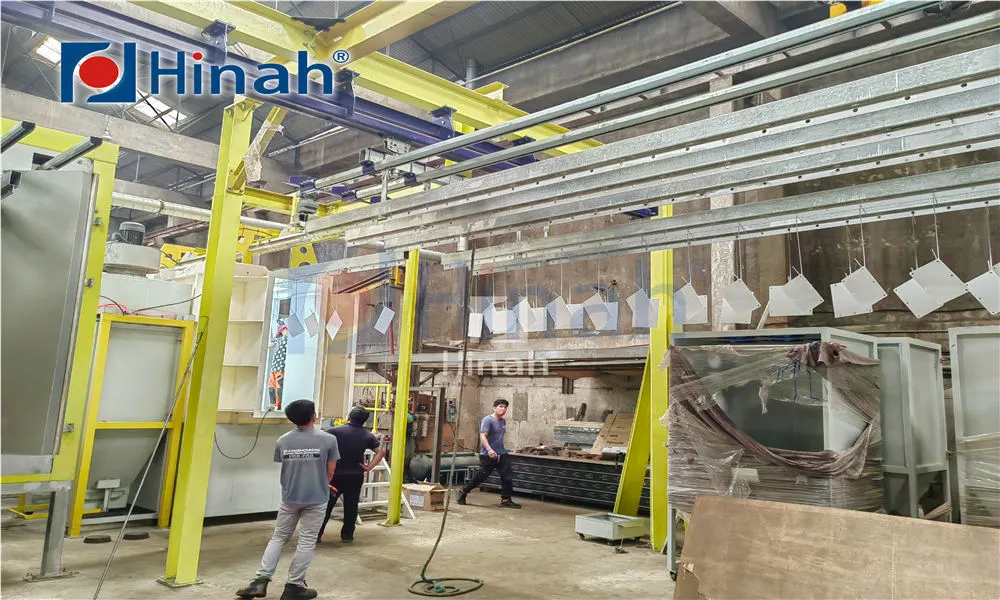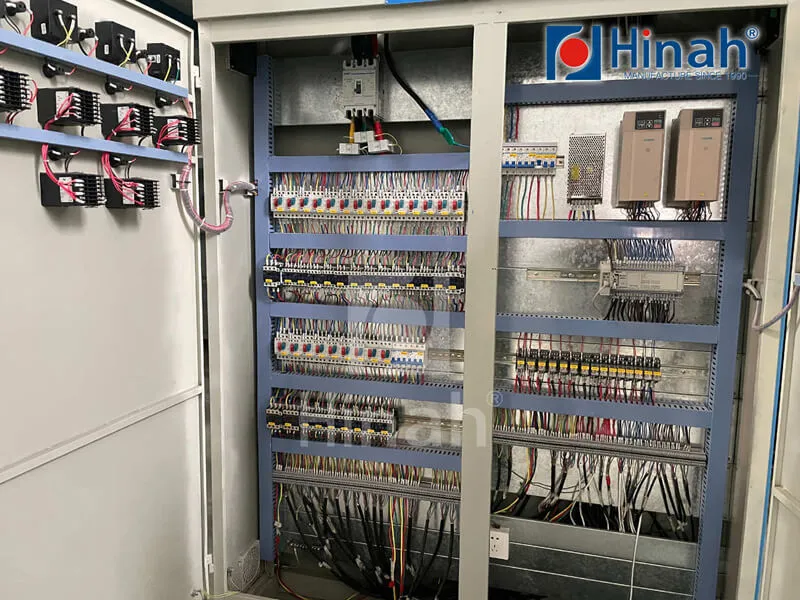When it comes to establishing or upgrading a finishing line, the choice of powder coating equipment manufacturers is arguably the most critical decision you will make. The right manufacturer doesn't just sell you a machine; they provide a robust, efficient, and scalable solution that becomes the backbone of your product quality and operational throughput. The landscape of powder coating equipment suppliers is diverse, ranging from providers of standard units to those specializing in complex, custom powder coating equipment. Whether you are browsing listings for powder coating equipment for sale or planning a multi-phase installation, understanding the core differentiators between manufacturers will save you time, money, and operational headaches. This article breaks down the seven essential factors to guide your selection process.
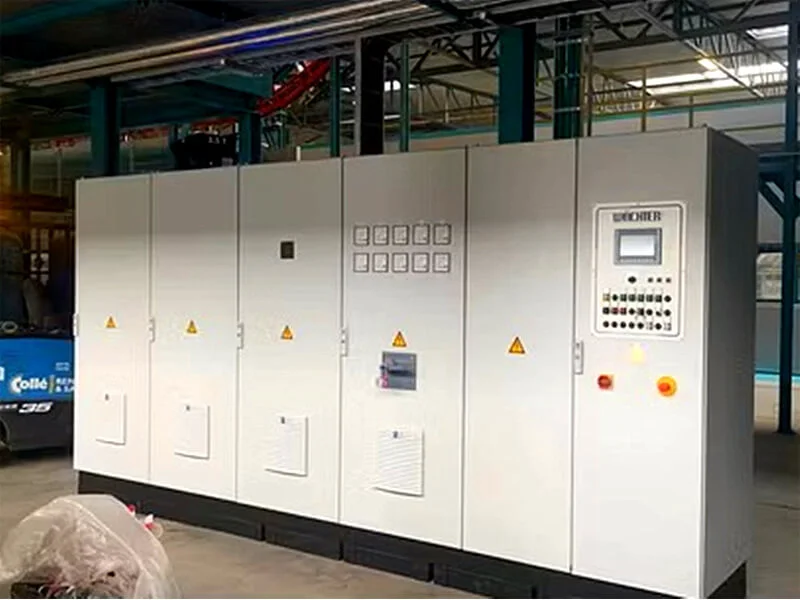
Understanding the Core Components of Modern Powder Coating Equipment
Before evaluating manufacturers, it's crucial to understand what you're buying. A complete powder coating system is more than just a spray gun and an oven. Key components typically include:
Pretreatment System: This involves cleaning and preparing the substrate through stages like washing, rinsing, and chemical conversion coating to ensure optimal adhesion.
Application Booth: An enclosed space where the powder is applied. It contains overspray and often includes a recovery system to recycle unused powder.
Powder Spray Guns: The tools that apply the electrostatic charge to the powder. Options range from manual guns to fully automated reciprocators.
Curing Oven: The component that heats the coated part to a specific temperature, melting and cross-linking the powder into a smooth, durable film.
Control System: The brain of the operation, which can be as simple as manual switches or as complex as a fully integrated PLC with touch-screen interfaces.
Reputable powder coating equipment manufacturers will offer solutions for each of these components, ensuring they work together seamlessly.
Evaluating Different Types of Powder Coating Equipment Suppliers
Not all suppliers are created equal. Your project's specific needs will determine which type of partner is best for you.
Full-Line Manufacturers: These companies design and build entire systems from the ground up. They are ideal for large-scale, turnkey projects and are the go-to source for highly integrated custom powder coating equipment. They offer deep engineering support and single-source accountability.
Component Specialists: Some powder coating equipment suppliers focus on excelling in one area, such as high-efficiency powder booths or advanced infrared curing ovens. They are excellent for upgrading a specific part of an existing line.
Distributors and Resellers: These companies often have a range of powder coating equipment for sale from various manufacturers. They are a good resource for standard, off-the-shelf equipment and can often provide quicker delivery and localized service.
When researching powder coating equipment manufacturers, always ask about their core competencies to ensure they align with your requirements.
Key Factors to Consider Before You Buy Powder Coating Equipment for Sale
Seeing a list of powder coating equipment for sale can be tempting, especially at a good price. However, a disciplined evaluation process is necessary.
Production Volume and Part Size: The physical dimensions of your parts and your daily output are the primary drivers of your system's design. A manufacturer needs this information to propose a viable solution.
Material and Finish Requirements: The type of substrate (e.g., steel, aluminum) and the desired finish characteristics (e.g., texture, gloss, chemical resistance) dictate the necessary pretreatment, powder type, and curing profile.
Available Space and Layout: The footprint of your facility will constrain the system's design. Leading powder coating equipment manufacturers often provide layout and facility planning services.
Automation Needs: Consider your labor costs and consistency requirements. Automated guns and conveyor systems increase initial investment but offer significant long-term savings and quality control.
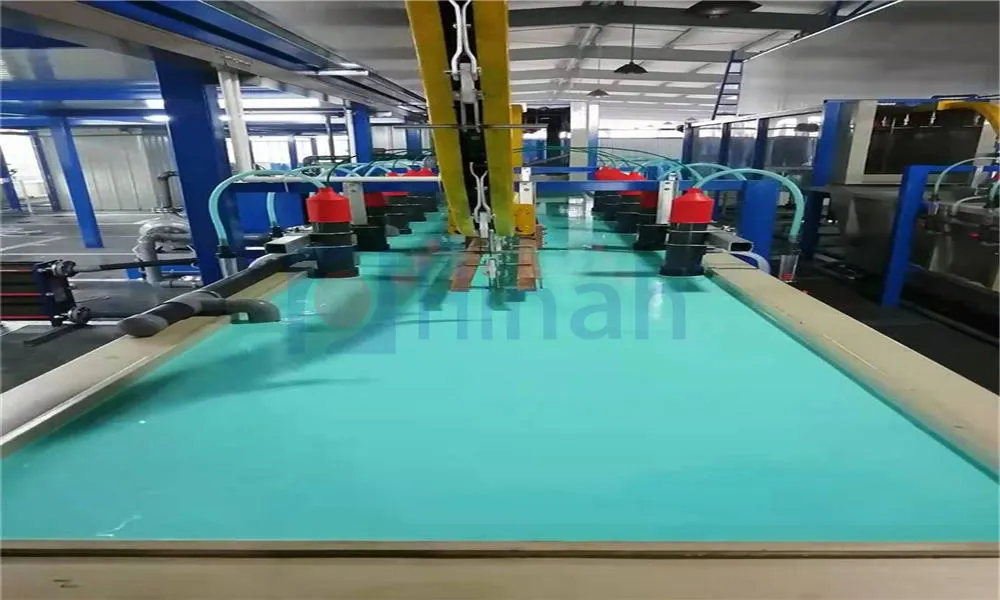
The Critical Role of Custom Powder Coating Equipment
While standard systems work for many applications, the true value of top-tier powder coating equipment manufacturers is revealed when off-the-shelf solutions fall short. Custom powder coating equipment is engineered to solve unique challenges.
Scenarios that demand a custom approach include:
Coating unusually large, heavy, or complex-shaped objects.
Achieving exceptionally high transfer efficiency for expensive specialty powders.
Integrating the coating line directly into a larger, fully automated assembly process.
Operating within extreme spatial constraints that require a non-linear layout.
Investing in custom powder coating equipment ensures that your system is an asset designed for your maximum productivity, not a compromise that creates bottlenecks.
The True Cost of Ownership: Beyond the Initial Purchase Price
The sticker price of the powder coating equipment for sale is just one part of the financial picture. The best powder coating equipment suppliers will help you analyze the Total Cost of Ownership (TCO), which includes:
Energy Consumption: Curing ovens and air compressors are significant energy users. High-efficiency designs, such as those with improved insulation or heat recovery, can drastically reduce operating costs.
Powder Utilization: Systems with advanced recovery technology can reclaim over 95% of oversprayed powder, directly saving on material costs.
Maintenance and Downtime: Equipment that is built with durable components and is easy to service will have lower long-term maintenance costs and less production loss.
Support and Service: Access to reliable technical support, readily available spare parts, and comprehensive training is invaluable. This is a key area where established powder coating equipment manufacturers distinguish themselves from low-cost competitors.
The Importance of Technical Support and Service from Your Manufacturer
The relationship with your chosen powder coating equipment manufacturers should be viewed as a long-term partnership. The quality of their post-sale support is as important as the quality of the equipment itself. Before committing, verify:
Installation and Commissioning: Do they provide supervised installation and ensure the system is running to specification?
Operator Training: Do they offer thorough training for your staff on safe operation, routine maintenance, and basic troubleshooting?
Spare Parts Availability: Is there a well-stocked, local or easily accessible inventory of common wear parts?
Technical Support Responsiveness: What are their response times for technical queries? Is support available 24/7 for critical issues?
Making the Final Decision and Planning for the Future
After you have shortlisted potential powder coating equipment suppliers, the final step involves a comprehensive comparison. Request detailed proposals, including system layouts, performance specifications, and a clear breakdown of costs. Ask for and contact customer references, specifically those with similar applications. Finally, consider the manufacturer's ability to support your future growth. Can the system be easily expanded or modified? Choosing a forward-thinking partner ensures your investment is protected for years to come.
Frequently Asked Questions (FAQ)
Q1: What is the typical lead time for receiving new powder coating equipment?
A1: Lead times can vary significantly based on the complexity of the system. Standard, off-the-shelf components may ship in a few weeks, while a fully customized, automated powder coating line from leading powder coating equipment manufacturers can have a lead time of several months, accounting for engineering, fabrication, and testing.
Q2: Can existing powder coating equipment be upgraded or retrofitted?
A2: Yes, in many cases, it can. Many powder coating equipment suppliers offer upgrade services for existing systems. Common upgrades include installing new, more efficient powder guns, adding or enhancing powder recovery systems in the booth, and modernizing the control system for better data tracking and ease of use.
Q3: What is the difference between infrared (IR) and convection ovens for curing?
A3: Convection ovens use heated air to cure the coating, which is effective for parts with complex geometries as it heats evenly. Infrared ovens use electromagnetic radiation to cure the powder from the outside in, offering much faster cure times and lower energy consumption, but are best for parts with relatively uniform shapes.
Q4: How much maintenance does powder coating equipment require?
A4: Regular maintenance is essential for peak performance and longevity. Daily tasks might include cleaning the spray booth and guns, while weekly or monthly maintenance could involve checking filters, cleaning the oven, and inspecting electrical connections. The specific schedule should be provided by your powder coating equipment manufacturers.
Q5: What factors most significantly impact the quality of the final powder coated finish?
A5: The three most critical factors are: 1) Substrate Preparation: Inadequate cleaning or pretreatment will lead to poor adhesion and premature failure. 2) ** Consistent Application:** Proper gun technique, voltage, and air pressure are needed for an even film thickness. 3) Accurate Curing: Both the temperature and time at temperature must be within the powder manufacturer's specifications to achieve full cure and desired physical properties.
Q6: Is it possible to change powder colors quickly in a production environment?
A6: Yes, with the right equipment. A quick-color-change (QCC) system, often offered by advanced powder coating equipment manufacturers, uses a self-contained module for each color. This allows operators to switch colors in as little as 5-10 minutes by simply swapping the module, which includes the pump, hose, and gun, drastically reducing downtime compared to cleaning a single line.



